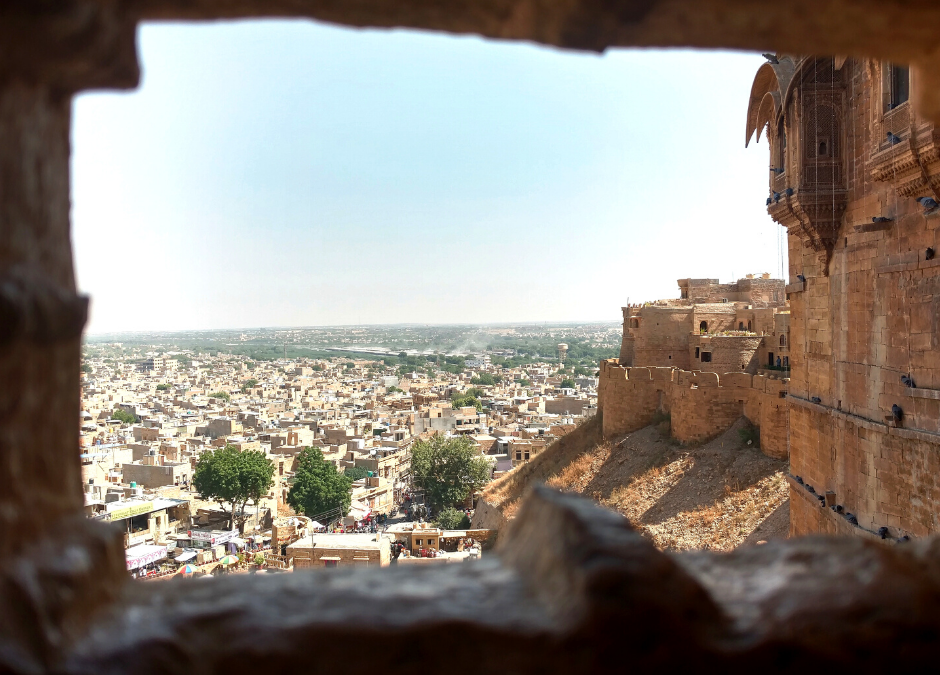From Greek monumental earth mounds to Sumerians buried in tombs made of brick or stone, the ancient world is full of examples of funeral customs that seem strange today. However, due to space constraints, modern people have to find new ways to deal with the dead.
A 2013 survey indicated, nearly half of England’s cemeteries could run out of space within the next 20 years.
‘’One solution is to recycle plots by removing remains from older graves, burying them deeper in the same grave and then reusing the space on top for a new body.
Other countries in Europe, such as Germany, simply reuse the same grave space after several years.
In Hong Kong, thousands of families store ashes in sacks in funeral homes, while they wait years for a space in either public or private cemeteries.
And in Singapore, one private company stores 50,000 urns, which can be automatically retrieved with an electronic card.
Others regions, such as the US state of Minnesota, are using resomation, dubbed “green cremation”. – BBC News
Nowadays, alternative funerals & unusual customs are a growing trend.
Note: An alternative funeral is anything considered a non-traditional celebration of someone’s life.
Here are some of the most popular choices:
Humanist Funeral
A Humanist funeral is a non-religious service which often follows a similar format to a traditional ceremony.
The ceremony includes:
- A tribute/ Eulogy
Read More: ‘Tips For Delivering A Memorable Eulogy’
- Music or silence
- Readings from loved ones – a speech or poem
Read More: ‘5 Beautiful Tributes For Funerals’
Family member, friend or humanist celebrant can lead a ceremony.
Find more information here.
Non-Religious Funeral
Non-religious funerals often feature readings from friends and loved ones but no hymns or readings from the Bible.
Usually, held at any venue happy to accommodate them from a crematorium to a local hall or outdoors. Designed to celebrate the life of an individual in a more personal way.
Woodland Burial
It’s an eco-friendly option for nature lovers.
The body is laid to rest in its natural state to avoid polluting the earth with embalming chemicals. A biodegradable coffin or shroud is used and there is no headstone. Therefore it can be difficult to know the exact location of a person’s resting place but the whole woodland is considered as the memorial place for family.
Find out more information about approved woodland burial sites here.
One example of woodland burial is Beacon Park in Wales, click to find out more information.
Sea Burials
Less common option. The person being buried at sea must be wearing biodegradable clothing (not be embalmed) also require a specific coffin and licence to have a sea burial.
It’s only allowed at designated locations.
In the UK, these are:
- Off The Needles, Isle of Wight
- Off Tynemouth, North Tyneside
- Between Hastings and Newhaven
Many families often choose to scatter their loved one’s ashes instead of sea burial to avoid strict regulations.
Burial At Home
This is an option for those who own their freehold. Burial must be registered on the deeds. There are not many restrictions with burial at home nevertheless it should be considered carefully as it can reduce the property’s value.
While it’s possible to have a traditional funeral, it’s nice to know more options are available. Whatever kind of service you choose is all about remembering a loved one.
‘’To live in hearts we leave behind is not to die.” – Thomas Campbell
Read More: ‘Writing And Publishing An Obituary’
Subscribe to Tidy Tomorrow now and get access to exclusive content!

